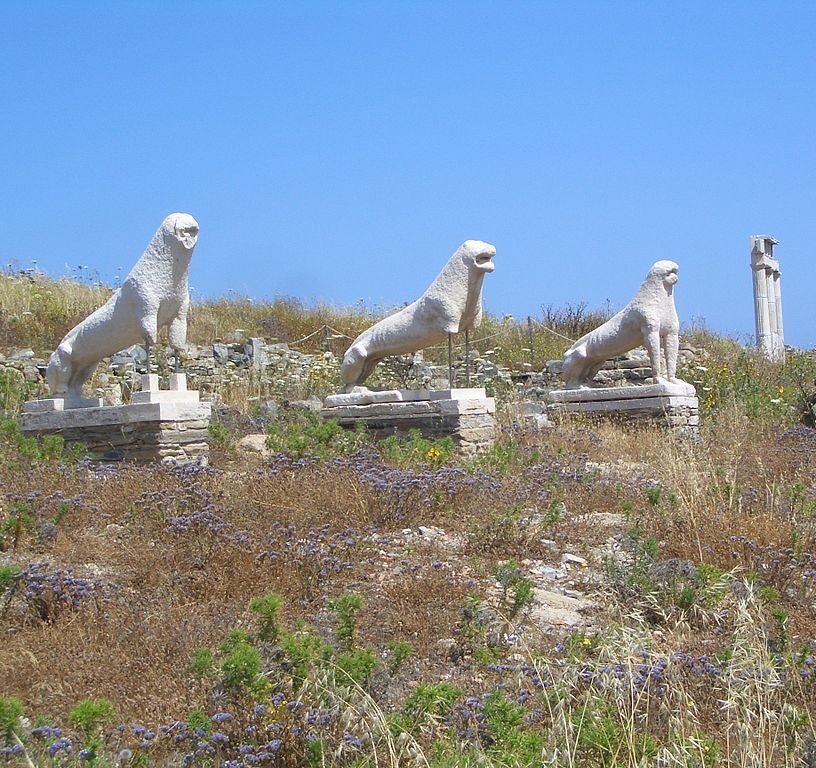Delos Greece lies in the center of the Cyclades islands (hence their name circle around/cyclo + Delos), just a short boat ride from Mykonos. Although small in size, the island holds immense historical and mythological value. It once served as one of the most important religious and commercial centers in the ancient Greek world. Today, it welcomes visitors as a vast open-air museum.
According to ancient myth, Leto gave birth to Apollo and Artemis on Delos. As a result, Greeks considered the island sacred. Religious festivals honoring Apollo began early and grew in scale over time. Pilgrims from across the Aegean arrived to pay tribute. Over the centuries, the island developed not only as a religious hub but also as a thriving economic center.
During the Classical and Hellenistic periods, Delos expanded rapidly. Builders constructed temples, markets, and luxurious homes. Under Roman rule, trade flourished even more. Merchants from Italy, Egypt, and Asia Minor settled on the island.
Eventually, pirate attacks in the 1st century BCE disrupted life on the island. Many residents fled. Over time, Delos lost its influence and population. Nevertheless, the buildings and monuments remained standing, allowing archaeologists to uncover much of the city.
Today, visitors can explore a wide variety of ruins. The Sanctuary of Apollo dominates the central area. It includes several temples, altars, and votive offerings. Just northeast, the Terrace of the Lions features marble lions that once lined the sacred lake. Although most statues now sit inside the island’s museum, replicas stand in their original positions.
Additionally, several homes display beautiful mosaics and intricate floor plans. The House of Dionysus features a famous mosaic of the god riding a panther. The House of the Dolphins and House of Cleopatra offer more views into elite domestic life. Moreover, public buildings like the Agora of the Italians and the Stoa of Philip show the island’s commercial strength.
The Archaeological Museum of Delos, located near the port, displays statues, pottery, and everyday items found during excavations. Although modest in size, it adds depth to the visit.
To reach Delos, travelers can take daily boats from Mykonos, usually departing in the morning. The island allows only day trips, as no one lives there and no overnight stays are permitted. Most visits last two to four hours. Spring and early summer offer the best weather, with mild temperatures and blooming wildflowers.
Visitors should bring water, sunscreen, hats, and sturdy shoes. The paths are uneven, and shade is limited. For panoramic views, a short hike up Mount Kynthos reveals the layout of the island and nearby sea.
In conclusion, Delos Greece offers a rare chance to walk through a fully preserved ancient city. Its temples, homes, and legends provide a unique experience where history and mythology meet.



Comment (0)